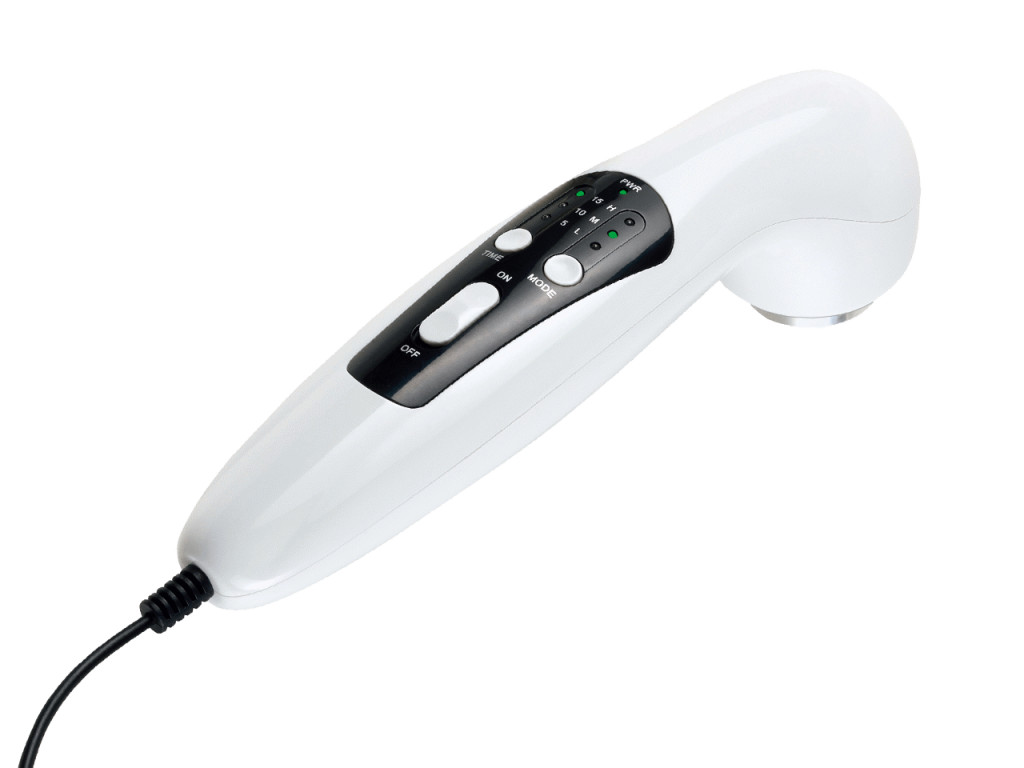Ultrasound Therapy – What You Should Know
When you hear the word ultrasound, you probably first think of ultrasound examinations during pregnancy or for abdominal complaints, but it is not only used for diagnostic purposes. Ultrasound therapy is an effective and frequently used method in physiotherapy practice to relieve musculoskeletal pain and even for healing inflammations. What is ultrasound? Sound is a mechanical vibration. Frequencies above 20 Hz [...]
When you hear the word ultrasound, you probably first think of ultrasound examinations during pregnancy or for abdominal complaints, but it is not only used for diagnostic purposes. Ultrasound therapy is an effective and frequently used method in physiotherapy practice to relieve musculoskeletal pain and even for healing inflammations.
What is ultrasound?
Sound is a mechanical vibration.
- Sound waves below 20 Hz are infrasound (these are inaudible to humans),
- sounds between 20 and 20,000 Hz are audible to the human ear,
- and frequencies above 20,000 Hz are called ultrasound – these vibrations are also inaudible to you.
Medical applications of ultrasound
Ultrasound has been used in medicine since 1938. Today, it is applied for diagnostic, surgical, and therapeutic purposes. It is excellent (among others) for:
- kidney and gallstone fragmentation,
- tissue "cutting" (as a surgical scalpel),
- ultrasound inhalation (e.g., in nebulizers and salt therapy devices),
- calculus removal in dentistry,
- diagnostics (e.g., examination of internal organs or a fetus developing in the uterus),
- physiotherapy for treating musculoskeletal diseases and reducing inflammation.
Effects of ultrasound therapy
- relaxes tight, stiff muscles,
- has beneficial effects in joint and muscle calcification, and degeneration,
- helps dissolve hematomas,
- reduces inflammatory processes (e.g., tendon and tendon sheath inflammation),
- relieves nerve root pain caused by herniated discs, lumbago, and sciatica (reduces edema around the nerve root),
- soothes neuritis symptoms,
- improves lymph circulation, etc.
M-Sonic 950 therapeutic ultrasound device, 1 MHz
M-Sonic 950 therapeutic ultrasound (1 MHz) for inflammation and pain relief treatments, for home use
How does ultrasound therapy work?
The ultrasound beam is a mechanical vibration. The tissues it passes through receive the vibration. This is called micromassage.
The vibration of the tissues (i.e., mechanical energy) converts into heat energy. The tissues warm up, their blood circulation accelerates, which is a direct path to enhancing healing processes. This warmth also has tendon and muscle relaxing, pain-relieving, and vasodilatory effects.
Ultrasound therapy utilizes three beneficial effects during treatment:
- the mechanical effect inducing micromassage,
- the thermal effect, i.e., heating of tissues which stimulates blood and lymph circulation and healing processes,
- and the chemical effect that improves oxygen supply and vasodilation.
In summary: it is not the ultrasound beam itself that heals but the activation of your body's self-healing processes triggered by it. The ultrasound beam is like when you push a stationary swing – it gets moving. Ultrasound therapy thus initiates beneficial processes and your body takes care of the rest.
Don't underestimate it! Think about how powerful these processes are: when you break a bone, doctors only fixate it. You receive no medication, no doctor is nearby, yet weeks later you are healed. This is how your body deals with infections and inflammations, provided you help it! Ultrasound therapy assists with this.
What can you use ultrasound therapy for?
Ultrasound therapy is applied for degenerative joint diseases (e.g., osteoarthritis), muscle sprains, strains, sports injuries, tendon adhesions and sheath alterations, bone spurs, and tendon contractures. Beyond healing, it has multiple uses.
Click here to read more about ultrasound applications
Methods of ultrasound therapy: contact and underwater
Most ultrasound treatments are contact treatments, where the applicator head is moved directly on the skin, in contact with it.
If this contact causes pain (e.g., due to very sensitive hand joints because of rheumatic inflammation), or the treated area is uneven or small, or in special cases (skin defects, leg ulcers, etc.), you can use subaquatic therapy instead of direct contact. This requires a device with a waterproof applicator head (such as the MediSound 3000 device). Immerse both the applicator head and the treatment area in a water-filled container, and emit the waves keeping the head 1-2 cm away from the skin. Since ultrasound propagates in water without distortion, the treatment effect is the same as with contact therapy.
Can ultrasound therapy be harmful?
You can overdose ultrasound therapy. It can have harmful effects if you treat an area with too high intensity and for too long. The primary effect of ultrasound is tissue heating. If an area receives too much at once, it does not help but halts healing. Think of it like sunbathing. If you regularly sunbathe 15-20 minutes, you tan slowly, but if you lie out for 3-4 hours at once, you get sunburned instead of tanned. Ultrasound helps when applied in appropriate and regular doses.
There are tissues (e.g., eyeballs, testes, ovaries, thyroid gland) that should not be treated. Before ultrasound therapy, thoroughly inform yourself about the correct dosage and consult your doctor to select the most appropriate treatment intensity, duration, and frequency! Read about ultrasound treatment dosage rules in this article



